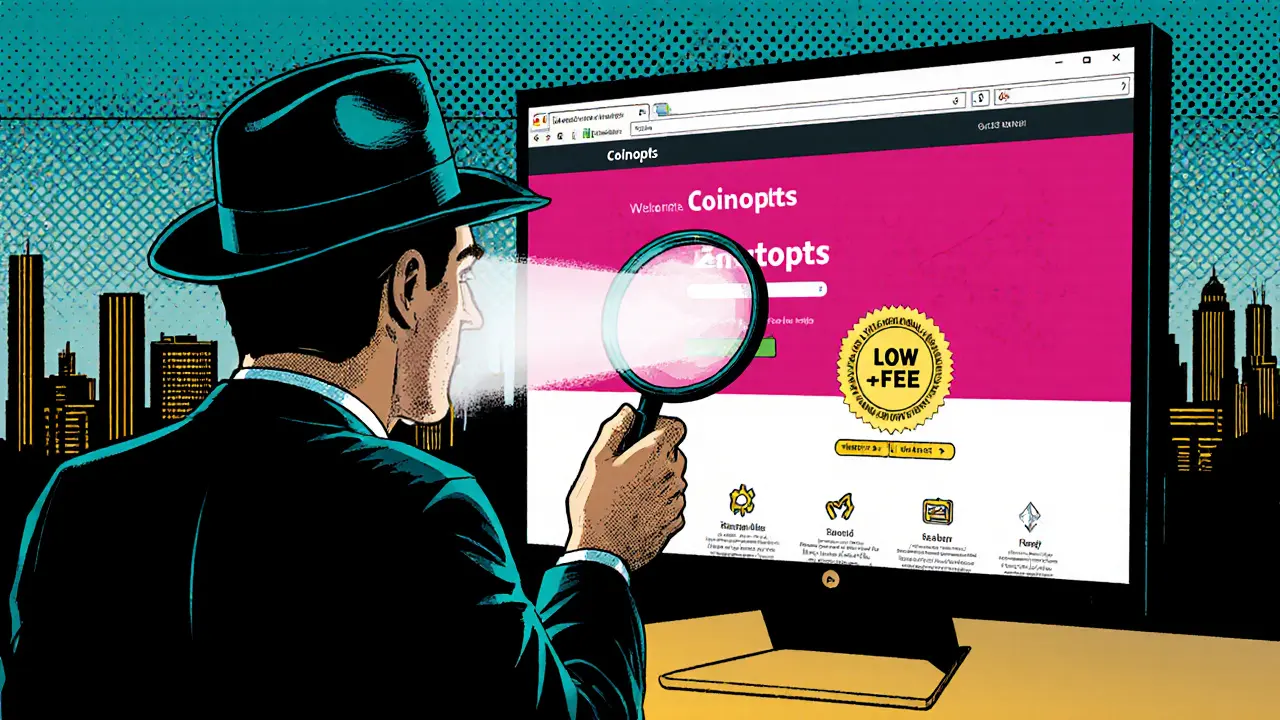
Coinopts Exchange Verification Checker
Key Features
- Low Fee Promises
- Mobile App Support
- 24/7 Customer Support
- Zero-Fee Tier
Red Flags
- No Public Audits
- Vague Fee Disclosure
- Unclear Regulation
- Limited Transparency
Verification Checklist
Complete the following steps to assess Coinopts' legitimacy:
Analysis Results
Click "Evaluate Coinopts Now" to analyze the exchange based on key verification criteria.
When you hear the name Coinopts is a cryptocurrency exchange that markets itself as a low‑fee, user‑friendly platform for buying, selling and swapping digital assets, the first question is: does it live up to the hype? The crypto world in 2025 is crowded, with big players like Coinbase, Kraken and OKX setting the bar for security and fees. This review pulls together everything you can verify about Coinopts, points out where information is missing, and gives you a practical checklist so you can decide if the exchange is right for you.
TL;DR
- Coinopts is a relatively unknown exchange; official data on fees, security and supported assets is scarce.
- If you can confirm a valid crypto‑wallet address, KYC process, and insurance coverage, the platform might be worth a test trade.
- Compare Coinopts against proven exchanges (Coinbase, Kraken, OKX) using the table below before committing large funds.
- Watch for red flags: vague fee schedule, lack of audit reports, and no clear regulatory registration.
- Use our step‑by‑step verification guide to protect yourself regardless of the exchange you pick.
What is Coinopts?
Coinopts presents itself as a modern spot‑trading platform that supports a handful of major cryptocurrencies - Bitcoin (BTC), Ethereum (ETH), Ripple (XRP) and a few emerging tokens. The website says it offers a mobile app for iOS and Android, 24/7 customer chat, and a “zero‑fee tier” for high‑volume traders. However, third‑party reviews, audit certificates or regulator filings are not publicly linked, which makes independent verification difficult.
Because of that data gap, the safest approach is to treat Coinopts like any new exchange: start small, test the withdrawal process, and keep a close eye on any unexpected fees.
Key Features to Look For in Any Exchange (and How Coinopts Measures Up)
Instead of guessing, let’s break down the five pillars that most experts agree define a reliable crypto exchange. We’ll note what we *can* confirm about Coinopts and where the uncertainty lies.
- Supported Assets - A broad selection lowers the need to hop between platforms. Coinopts lists 12 coins on its homepage, but there’s no public API or tier‑by‑tier fee chart to prove it.
- Fee Structure - Transparent maker/taker fees help you calculate costs. Coinbase charges 0‑3.99% depending on order type, while Kraken stays under 0.4% for most pairs. Coinopts mentions a “zero‑fee tier” but doesn’t specify the volume threshold.
- Security - Look for cold‑storage ratios, two‑factor authentication (2FA), insurance, and third‑party security audits. Kraken and OKX publish annual audit reports; Coinopts only says it uses “industry‑standard encryption.”
- Regulation & Licensing - Registrations with financial authorities (e.g., FCA, FinCEN, MAS) add legal protection. No clear licensing info appears on Coinopts’ site.
- User Experience - Intuitive UI, responsive mobile apps, and reliable customer support matter for everyday trading. Coinopts advertises live chat, yet user forums report mixed response times.
These criteria become the backbone of the comparison table that follows.
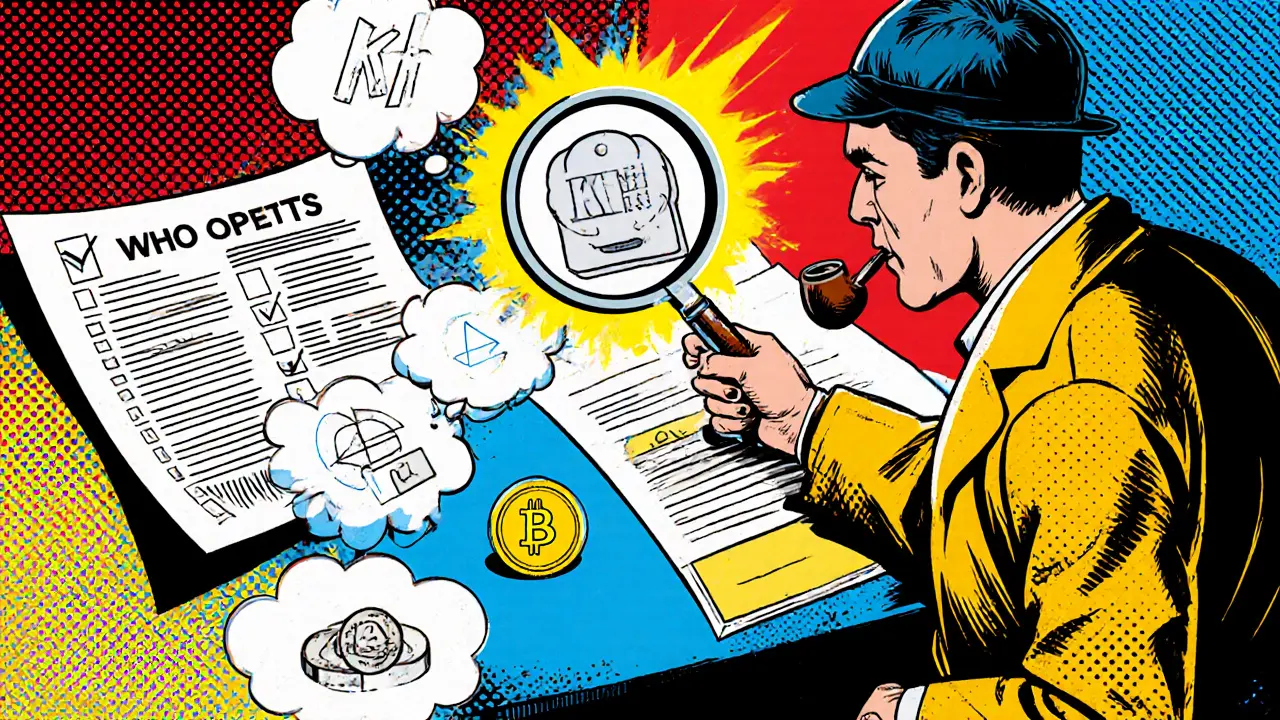
How Coinopts Stacks Up (Comparison Table)
| Exchange | # of Cryptocurrencies | Fee Range (maker/taker) | Security Rating | Regulatory Status | Notable Feature |
|---|---|---|---|---|---|
| Coinopts | ~12 (self‑reported) | 0%‑?% (zero‑fee tier undisclosed) | Low‑to‑Medium (no public audit) | Unclear (no licensing page) | Low‑fee promise, mobile‑first UI |
| Coinbase | 235 | 0%‑3.99% | High (SOC2, regular audits) | Registered in US, EU, UK | Beginner‑friendly, insurance on digital assets |
| Kraken | 350+ | 0%‑0.4% | High (ISO27001, proof‑of‑reserve) | US, EU, Canada licenses | Advanced charting, futures trading |
| OKX | 400+ | 0%‑0.2% | High (no major breaches, 40% fee discount program) | Registered in Seychelles, complies with AML | Spot, margin, and derivatives in one app |
| Binance US | 158 | 0%‑0.6% | Medium‑High (regular security upgrades) | US‑focused, CFTC registration | Earn programs, staking |
| Gemini | 73 | 0.5%‑3.49% | High (SOC2, NYDFS trust charter) | US, regulated trust company | Zero‑fee for IFT and crypto‑to‑crypto |
| Crypto.com | 313 | 0%‑2.99% | Medium (regular audits, insurance) | Global, complies with local AML | Crypto Visa card, high‑yield staking |
| Uniswap | Thousands (across 11+ chains) | 0% (non‑custodial) | High (decentralized, no single point of failure) | None (DEX, no central regulator) | Permission‑less token swaps |
Potential Red Flags for Coinopts
Even if an exchange looks shiny, a few warning signs can save you from trouble later.
- No public audit or security report - Reputable platforms publish third‑party assessments; the absence suggests either a very new operation or a lack of transparency.
- Vague fee disclosure - Without a clear maker/taker schedule, you might pay hidden spreads on trades.
- Unclear regulatory registration - If a site doesn’t list the jurisdiction it’s licensed under, you could face legal hassles if the exchange is shut down.
- Customer‑support latency - Slow response times become a nightmare when you need to withdraw funds quickly.
- Limited public roadmap - Innovation signals longevity; a stagnant product line may hint at limited resources.
How to Verify an Exchange Before Using It (Step‑by‑Step Guide)
- Check the domain’s WHOIS record. A recent registration date can mean a newcomer, which isn’t inherently bad but warrants extra caution.
- Search for the exchange on reputable watchlists (e.g., CoinMarketCap, CoinGecko). Look for a “Verified” badge or inclusion in the “Top Exchanges” list.
- Locate the KYC/AML policy page. Read the required documents and note any requests for unusually detailed personal data.
- Confirm cold‑storage percentages. Exchanges often state that “>95% of assets are stored offline.” Anything lower should raise eyebrows.
- Test the withdrawal pipeline with a tiny amount (e.g., $10 worth of ETH). Measure the time taken and any unexpected fees.
- Read user forums (Reddit, Bitcointalk) for real‑world complaints about withdrawal bans or frozen accounts.
- Verify insurance coverage. Some exchanges purchase custodial insurance to protect against hacks; lack of coverage means you bear the full risk.
If Coinopts passes at least five of these checks, you can move forward with modest confidence. If multiple steps fail, look for an alternative that meets the same criteria.
Bottom Line - Should You Trade on Coinopts?
Because public information on Coinopts is thin, the exchange sits in a gray zone. For casual users who want to experiment with small amounts, the platform might be an okay sandbox-but only after you run the verification steps above. For anyone planning to move significant capital, it’s wiser to stick with proven players like Kraken or OKX that publish transparent fee schedules, third‑party audits, and clear regulatory filings.
In short: treat Coinopts as a “research‑first, invest‑later” option. Start with $10‑$20, confirm withdrawals, and keep a close eye on any fee surprises. If the exchange earns your trust over a few weeks, you can consider scaling up; otherwise, move on to a more established service.
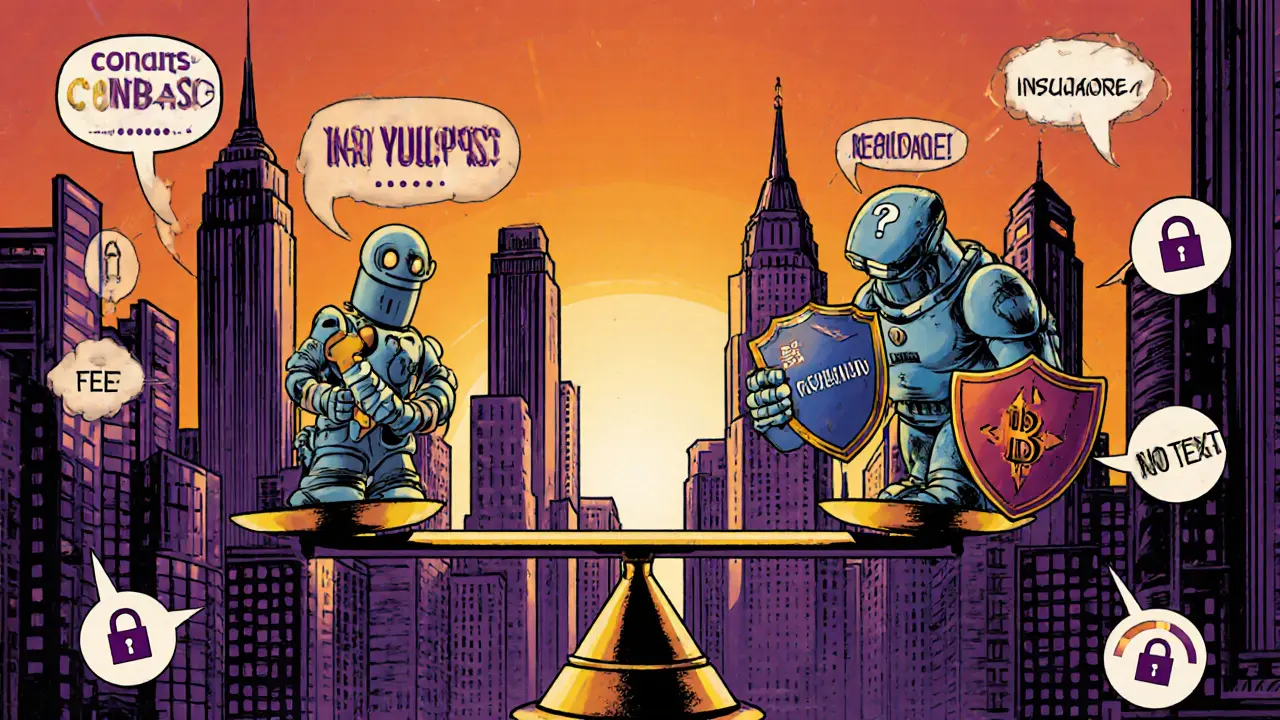
Frequently Asked Questions
Is Coinopts a regulated exchange?
Public records do not show a clear licensing or registration for Coinopts in major jurisdictions. Without an explicit regulatory statement, you should treat the platform as unregulated and apply extra caution.
What fees does Coinopts charge?
Coinopts advertises a “zero‑fee tier” for high‑volume traders, but the exact volume threshold and maker/taker rates are not publicly disclosed. Users report seeing a 0.2%‑0.5% spread on typical trades.
How secure is Coinopts?
The platform mentions standard encryption and 2FA, but no third‑party audit reports or cold‑storage percentages are published. Compared with exchanges that have SOC2 or ISO27001 certifications, Coinopts ranks lower on the security spectrum.
Can I withdraw funds instantly from Coinopts?
Withdrawal speed depends on network congestion and the exchange’s internal processing. Users who have tried small withdrawals report 15‑30 minute processing times, but larger amounts may be subject to additional review.
How does Coinopts compare to Coinbase?
Coinbase supports over 200 cryptocurrencies, offers insurance on custodial assets, and is fully regulated in multiple regions. Coinopts supports far fewer assets and lacks transparent insurance or regulatory coverage, making Coinbase a safer choice for most users.


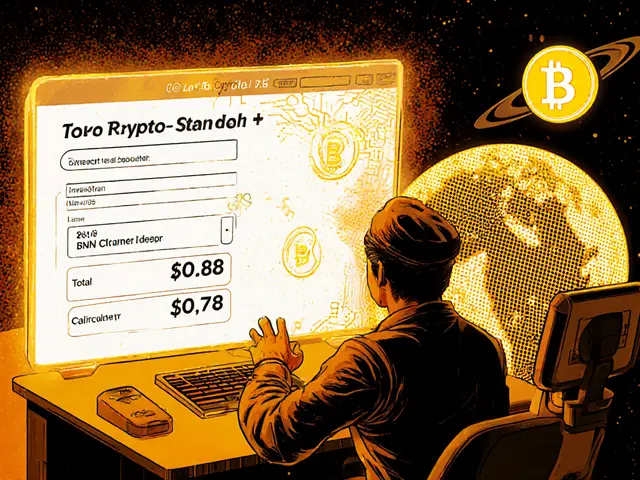
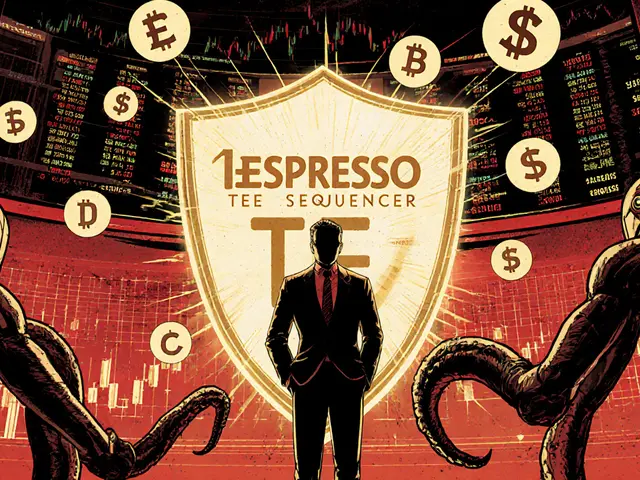
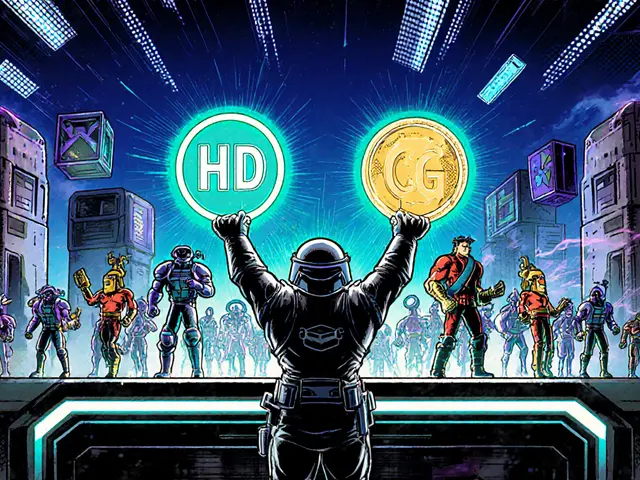
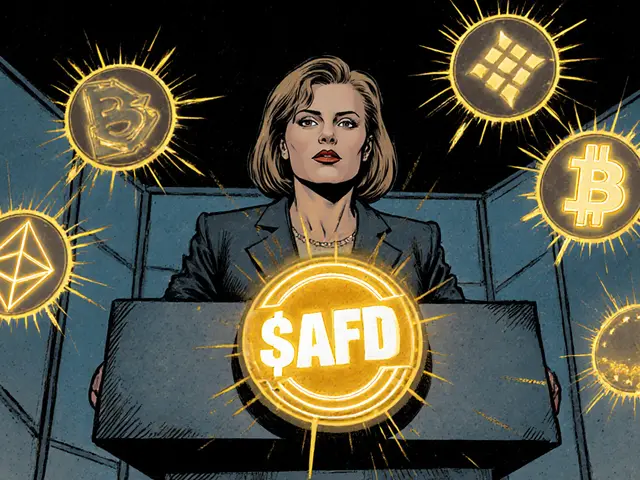
There are 18 Comments
Millsaps Delaine
One must approach the Coinopts review with a discerning palate, for the crypto landscape in 2025 is littered with platforms that masquerade as innovators while delivering little more than hype; the aura of low‑fee promises, as presented, is reminiscent of the early e‑cigarette adverts-slick, enticing, yet lacking substantive backing. In my experience, an exchange's credibility is forged through transparent governance, audited security protocols, and a proven track record, none of which Coinopts currently offers in a verifiable fashion. The omission of public audit reports should raise an alarm bell louder than any marketing slogan. Moreover, the vague fee disclosure is not merely a minor oversight; it signifies a potential for hidden costs that could erode even modest trading profits. While the platform claims a “zero‑fee tier,” the absence of a disclosed volume threshold is a strategic ambiguity designed to lure unsuspecting traders. The lack of clear regulatory registration further compounds the risk, as users may find themselves unprotected should the exchange encounter legal scrutiny. I advise any prospective user to conduct the rigorous seven‑step verification checklist before even considering a test trade. Should the exchange pass at least five of those checks, only then might one entertain a modest deposit, but even then, vigilance remains paramount. In the ever‑evolving arena of digital assets, prudence eclipses curiosity, and embracing a cautious, methodical approach is the only rational path forward.
Jack Fans
Hey folks, just wanted to add a quick helpful rundown: first, always double‑check the WHOIS info-if the domain’s registration is fresh, treat it with extra caution; second, look for a "Verified" badge on CoinMarketCap or CoinGecko, that’s a solid indicator of legitimacy; third, read the KYC/AML policy thoroughly-some exchanges ask for way too much personal data, which can be a red flag; fourth, confirm the cold‑storage percentage, preferably >95%, otherwise your funds might be at risk; fifth, do a tiny withdrawal test (like $10 worth of ETH) to see if any unexpected fees appear; sixth, scour Reddit and Bitcointalk for real‑world user experiences-if you see a pattern of withdrawal delays, stay away; seventh, check for custodial insurance, because without it you’re on your own if a hack occurs. Hope this checklist helps you navigate safely! :)
Adetoyese Oluyomi-Deji Olugunna
Honestly, the whole Coinopts narrative feels like a pretentious echo chamber, lacking any substantive data to back its lofty claims.
Krithika Natarajan
I understand the concerns, and I think taking a small test trade while monitoring the process is a sensible approach.
Robert Eliason
People love to hype new exchanges, but in reality, most of them are just a gamble dressed up as opportunity.
Mark Briggs
Cool, another “zero‑fee” exchange that probably makes you pay hidden fees.
mannu kumar rajpoot
It’s interesting how many “new” platforms pop up promising the moon, yet they conveniently omit any real audit. One could argue this is part of a larger orchestrated effort to keep users fragmented, feeding off the fear of missing out while never offering real security. If you look deeper, the lack of regulatory clarity suggests they might be operating under the radar, which is a classic hallmark of entities trying to evade oversight. So, always be skeptical and verify before you trust.
Tilly Fluf
Thank you for sharing this thorough review; I appreciate the balanced perspective and will certainly apply the verification steps before any larger commitment.
Darren R.
Ah, the tragic theater of crypto-where every newcomer declares themselves a revolutionary, yet the stage is littered with broken promises! One must ask: is Coinopts the next grand illusion, or merely a footnote in the annals of over‑hyped startups? The absence of public audits is not a minor omission; it is a glaring spotlight on opacity. In a world where regulatory compliance is the backbone of trust, Coinopts’s ambiguity feels like a reckless gamble. The “zero‑fee tier” sounds seductive, but without clear thresholds, it is nothing but a siren song. Remember, dear readers, the market has a history of rewarding those who demand transparency.
Hardik Kanzariya
My advice: start with a tiny amount, watch the withdrawal speed, and if everything looks good, you can consider scaling up gradually. Stay safe!
Shanthan Jogavajjala
From a technical standpoint, the absence of a public API endpoint for fee queries suggests under‑engineering. If the platform cannot expose basic fee data programmatically, it raises questions about the robustness of their backend infrastructure, which could translate to reliability issues during high‑volume trading periods.
Ayaz Mudarris
Esteemed community members, I encourage you to view this review as an invitation to rigorous due diligence; the cryptocurrency realm rewards those who couple ambition with methodical verification, and nothing substitutes for a disciplined approach.
Irene Tien MD MSc
Let us indulge in a brief exposition on the intricate tapestry that is the modern crypto exchange ecosystem, and how Coinopts, in its nascent splendor, attempts to carve a niche amidst the monolithic giants that dominate the market. First, the claim of a "zero‑fee tier" is presented with such gusto that it borders on the theatrical, yet the lack of granular details renders it a mere illusion, a mirage that beckons the gullible. Second, the absence of public audit reports is a conspicuous omission, akin to an artist refusing to disclose the pigments used in a masterpiece, thereby denying the discerning eye any insight into the composition's integrity. Third, the regulatory ambiguity surrounding Coinopts resembles a shadowy figure lurking in twilight, its intentions obscured, leaving traders to navigate a fog of uncertainty. Moreover, the platform’s claim of industry‑standard encryption is an assertion that, while reassuring on the surface, fails to provide the substantive reassurance that a third‑party security certification would. The platform’s user‑interface, though sleek, may be a veneer atop a foundation that lacks the robustness required to withstand the relentless onslaught of cyber threats that plague even the most seasoned exchanges. It is also worth noting that the support infrastructure, described as 24/7 live chat, has been reported by some users to suffer from latency, a factor that could prove catastrophic during critical moments of market volatility. In the realm of fee structures, the opaque disclosure invites speculation that hidden spreads may erode trader profits, a risk that cannot be dismissed lightly. The recommendation to perform a micro‑withdrawal test, while prudent, also underscores the underlying uncertainty that permeates the entire experience. Each of these points coalesces into a portrait of an exchange that, while aspirational, remains shrouded in secrecy and fraught with potential pitfalls. Consequently, the prudent trader would approach Coinopts with a calibrated blend of curiosity and caution, employing the exhaustive verification checklist before allocating any substantive capital. In essence, the journey to ascertain the viability of Coinopts demands a methodical, unwavering commitment to due diligence, lest one fall prey to the seductive allure of unverified promises.
kishan kumar
Indeed, the philosophical underpinnings of trust in digital finance demand a rigorous epistemological framework; one cannot accept phenomenological claims without ontological substantiation. 😊
Anthony R
While the concerns are valid, let us also acknowledge the potential for growth should Coinopts address these transparency gaps in the near future.
sandi khardani
The bottom line is simple: a platform that hides its fee schedule and audit results is playing a dangerous game. Users deserve clarity, and without it, the risk of hidden costs skyrockets. Moreover, the lack of a clear regulatory framework means there’s no safety net if something goes wrong. In short, proceed with a healthy dose of skepticism and protect your capital.
Donald Barrett
Enough of the wishful thinking-Coinopts is a textbook example of a sketchy exchange.
Christina Norberto
From a moral standpoint, promoting a service that lacks verifiable security measures borders on irresponsible; it is imperative that the community demands higher standards of transparency and accountability before endorsing such platforms.
Write a comment
Your email address will not be published. Required fields are marked *